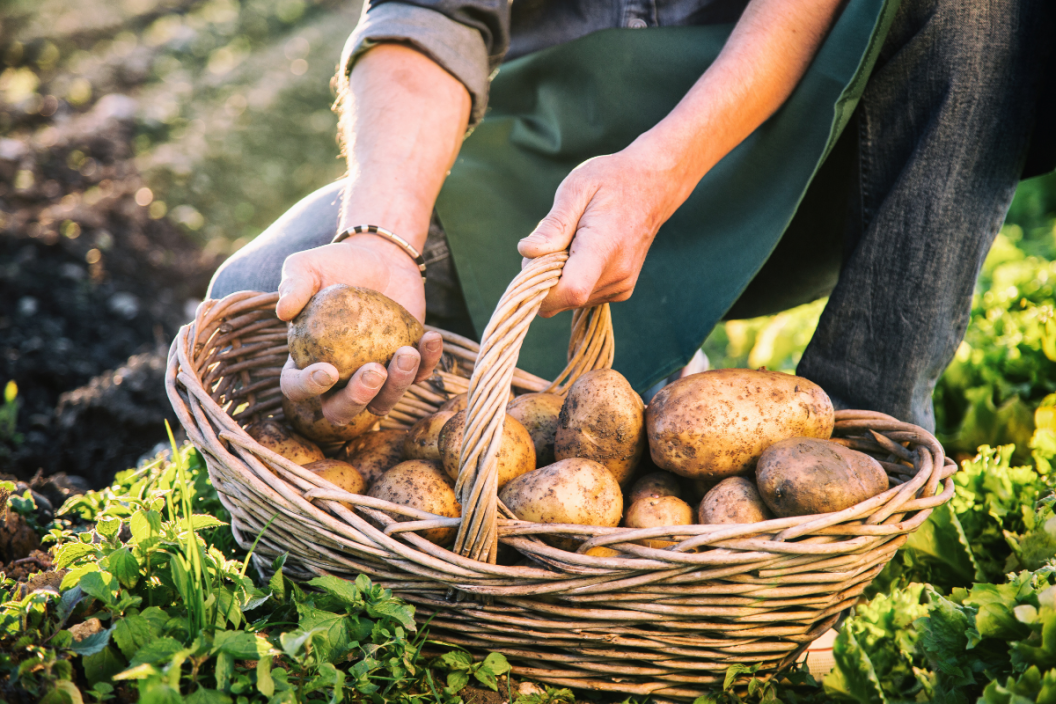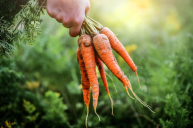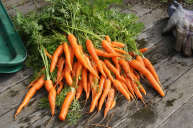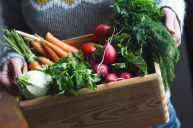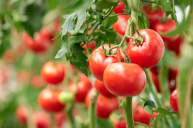Potatoes are so versatile and delicious that they could be considered their own food group. From casserole to fries to gnocchi, they're easy to enjoy and relatively simple to prepare. Along with this, potatoes are easy to grow and make a great addition to a vegetable garden. For the potato lovers who aren't sure when to dig up your potato plants, here's how to harvest potatoes like a pro.
Videos by Wide Open Country
Your veggie garden is planted and growing happily in your yard, but you're not sure when to start reaping the fruits of your labor. Although most fruits and veggies take the guesswork out of the equation by visibly ripening and growing to the right size, root vegetables can be difficult, since you can't see how they're doing until you dig them up.
When planting potatoes, there are three types of potatoes you'll get out of your home garden, called earlier, second earlier, and main crop. The first two varieties of potato are called 'new potatoes,' and they have a shorter growing season than the main crop. They're also typically small potatoes, but will taste better than the later, larger ones.
Harvesting Early Potatoes
The harvest time for the early varieties is in early to mid summer, when the plants begin to flower. These ones will have a short storage life, and are best enjoyed when cooked soon after being harvested. When you see them begin to bloom, use your shovel or garden fork/spading fork to dig the soil up, beginning around 12 to 18 inches from your plant's leaves.
Remove a shovelful of dirt, and check it for potatoes. Then, use your hand to feel the end of the hole close to plant to feel for potatoes. If you don't feel any, dig closer to the potato plant and repeat, continuing until you hit the jackpot. Dig up at the base of the plant. Enjoy homegrown potatoes as a mid-summer treat!
Main Crop Potatoes
The harvest time of main crop potatoes is typically in late summer or early fall, in August or September, but it's best to let the plant and weather dictate when you harvest them. Let the tops of the vines die and then wait about two weeks before digging the plant up to let the potatoes grow a thick potato skin.
When you decide it's time, dig up a "test" plant first. Mature potatoes have skins that are thick and firmly attached. If the skins of the potato are thin and easily rubbed off, put them back into the ground for a few days.
Another important factor in harvesting potatoes is the soil conditions. Wet soil will stick to the vegetables as you dig them up, so it's best to harvest on a dry day rather than a rainy one. A light frost is ok for the plants, but if a hard frost is expected, the potatoes should be dug up beforehand, since the soil should be above 45 degrees Fahrenheit when harvested. Use the same method for main crop potatoes that you do for early ones, carefully digging and checking until you've reached the potato plant.
If you plan to simply dig potatoes up for dinner, but aren't storing them yet, just take what you need from the plant and replant it, giving the smaller tubers time to mature more.
Curing and Storing Potatoes
Storing your harvested potatoes in the right environment is another essential factor when growing potatoes. Before being stored, they must be cured, which is when you let them sit in a dark, well-ventilated area with high humidity and temperatures of 45 to 60 degrees F. This should be done for about two weeks, giving the skin time to harden and making for a longer storage life. Then, move them to a place for long-term storage.
The cured potatoes should be kept in a cool, dry, dark place like a root cellar, ideally around 40-44 degrees Fahrenheit. Low humidity is best, as high humidity will shorten their storage life and cause them to spoil faster. However, if too cold, they'll lose flavor and get overly starchy. Too much light will turn them into green potatoes.
If you notice that some of the spuds have gone soft soon after being harvested, it's best to save them and replant them in the spring. Allow them to grow until late fall, and then they should have the thick skin one wants in a potato.
Whether you're eating Yukon gold, russet or red potatoes, homegrown potatoes are fresher than those at the grocery store, and there's nothing more satisfying than eating something you've grown yourself! Enjoy spuds right from your garden with these gardening tips for first-time potato planters.
